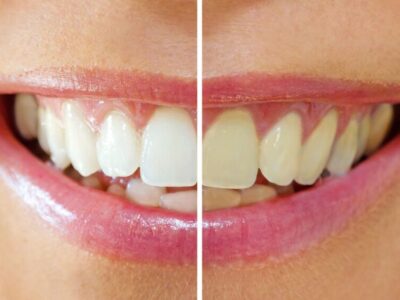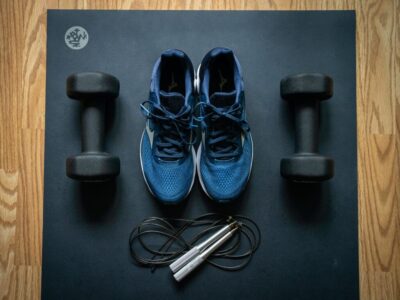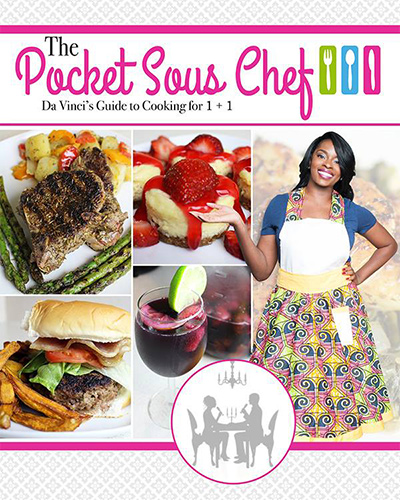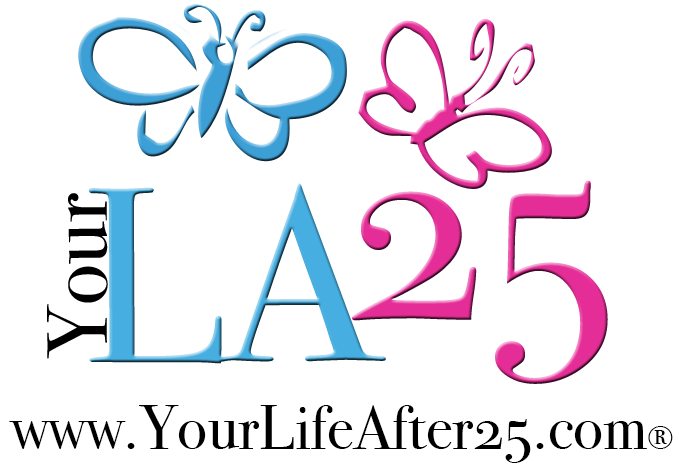Finally Fixing Your Crooked Teeth: Orthodontic Options for Adults
When you need braces, it can feel like the worst thing ever. But, it doesn’t have to be. In fact, it could end up being the one thing you do this year that changes your life forever. Here are the four main types of braces that you can choose from and how to choose the best option.
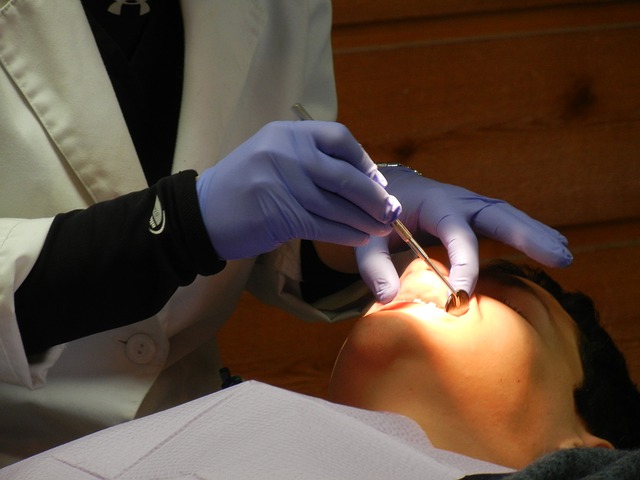
Metal Mouth
These are the classic braces you’re already familiar with. The least expensive option is to place hardware on your teeth and have wires and bands going every which way to straighten them. Obviously, the drawback to this is that they’re very visible and some people think they’re an eyesore.
Metal braces can also irritate the cheeks and gums when they’re first put in. Once you get them in there, you also have to watch what you eat, and avoid things that could stick to the braces, like caramel and gum. You also can’t eat hard foods, which might dislodge the braces.
Ceramic Braces
Ceramic braces are more expensive than stainless steel, but they’re made so that they blend in more with the teeth. The hardware is tooth-colored, and you can choose between clear elastic ties or white metal ones to hold the braces in place.
These types of braces are a bit more fragile, so you pay for the better looks during the alignment process with a more fragile brace. It tends to increase the overall treatment time too, since they require more maintenance and adjustments.
Invisalign
Invisalign has been around for years, but many people still don’t know about it. This Chinese Invisalign in Manhattan still sells them as a popular alternative to traditional braces, and they’re mostly a good buy if you have minor corrections.
The Align Technology company that makes them estimates that treatment costs range from $3,500 to $8,000, depending on the adjustments needed.
With insurance, out of pocket costs could be about $2,100.
That’s a lot more than many other braces options, even with insurance. On the flip side, these are probably the most flexible braces you’ve ever worn. You can take them out to eat, there aren’t really any restrictions on what you can do, they don’t hurt, they are invisible (no one will know you’re wearing them), and they’re a lot less hassle and complication than any other option on the market.
Lingual Braces
These are braces for people who need braces, but don’t want braces. The hardware is situated behind the teeth, so no one can see them – not even up close. Since they’re out of sight, you have a great smile and get all of the benefits of traditional braces without having to look like you’re wearing braces.
That’s the upside. The downside is that they can be more expensive than traditional braces – that’s something that keeps many people from buying them. They can also irritate the tongue and gums since they’re naturally placed on the backside of the teeth, closer to sensitive tissues.
Lingual braces also don’t work well on small teeth and can potentially cause speech problems and injuries. So, speak with your dentist about this option and the risks and benefits of it.
Samantha Pearce has worked within the orthodontics industry for 10 years. She writes about braces, both adult and pediatric, for a variety of health related blogs online.


